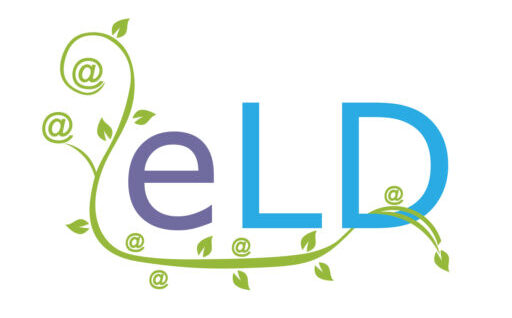Moodle vs IOMAD
Moodle vs IOMAD
Moodle vs IOMAD
Moodle vs IOMAD & IOMAD Office
Multi-tenancy Moodle (IOMAD) isn’t just for larger Moodle sites – its devolved administration, course-sharing features, and reporting functions make it a highly efficient way to organise access on a scalable role/per-department basis, no matter the size of your workplace. This means with IOMAD Office, you get all the advanced functionality of a fully white-labelled training environment, configured at scale for your workplace.

Moodle vs multi-tenancy Moodle
The best way to explain the difference is this:
Imagine Moodle as a physical building where staff are sent for training. It’s a single room, and everyone undertaking the training is in it. Everyone is assessed on their performance, and everyone is listed on the completion report. If the training is being provided to multiple companies, to ensure privacy, the training provider will need to cleanse the report so that only information about Company A goes to the managers of Company A and only information about Company B goes to the managers of Company B etc. Once the course has been completed, because there’s no long-term storage capability, all records are wiped, ready for a new set of learners.
Some training providers get around this lack of privacy by setting up multiple Moodle sites. Each offers the same training, and because they’re independent of each other, the various company managers can be given access to run reports. This can be resource-intensive, as each new ‘room’ (or site) has an associated ‘rental’ (hosting) cost, and any course updates or changes have to be applied to each ‘room’ individually. While the managers can only see their own staff records, because those records are wiped once the course is complete, tracking for compliance – say, annually – must be done completely separately.
Multi-tenancy Moodle (IOMAD), in comparison, allows a training company to create a single course, hold it virtually in a central location, and then give access to multiple users from multiple companies, all through individual ‘doors’ for privacy. Reporting functions can be delegated to representatives of each individual company, and any updates or changes can be applied to the centralised course, and then made available to everyone with access. On top of that, because it’s software designed for the workplace, all reports are archived, allowing for compliance tracking should the course need to be retaken at regular intervals.
IOMAD vs IOMAD Office
As IOMAD allows for per-tenant personalisation so administrative devolution can be applied to multiple individual companies, IOMAD Office is simply a reduction in configuration parameters. All of the multi-tenant functionality is still available, but you’d only set up one tenant (your company), so the administrative devolution automatically applies to your departments.
Essentially, IOMAD is a suite of plugins that sit on top of core Moodle, so upgrading your Moodle to IOMAD (or IOMAD Office) simply expands your workplace training environment to add in-built records archiving and certification/re-certification lifecycle management automation.
How does the process work?
Upgrading to IOMAD is exactly the same process as applying a Moodle version upgrade.
Depending on your version (if it’s in active support, you can ‘upgrade’ to the same IOMAD version) and theme requirements (if you’re happy for the same theme to be used for every tenant, then no changes will need to be made) there may be some tweaks required, but the basic process is as follows:
Step 1. Schedule a suitable slot for downtime that will least impact users
Step 2. We confirm go ahead, and your site is put into maintenance mode
Step 3. The upgrade is applied, and theme upgrade/tweaks, too, if necessary
Step 4. Everything is checked, and the site is brought out of maintenance mode
Step 5. We’ll let you know you’ve got access, and you can start configuring!
If you’d prefer to do all of this in a private environment (UAT) first, then dedicated server clients get a UAT as standard, and shared hosting clients can organise a pro-rata UAT for as long as they need it – just let us know, and we’ll quote for any additional costs specific to your installation.

